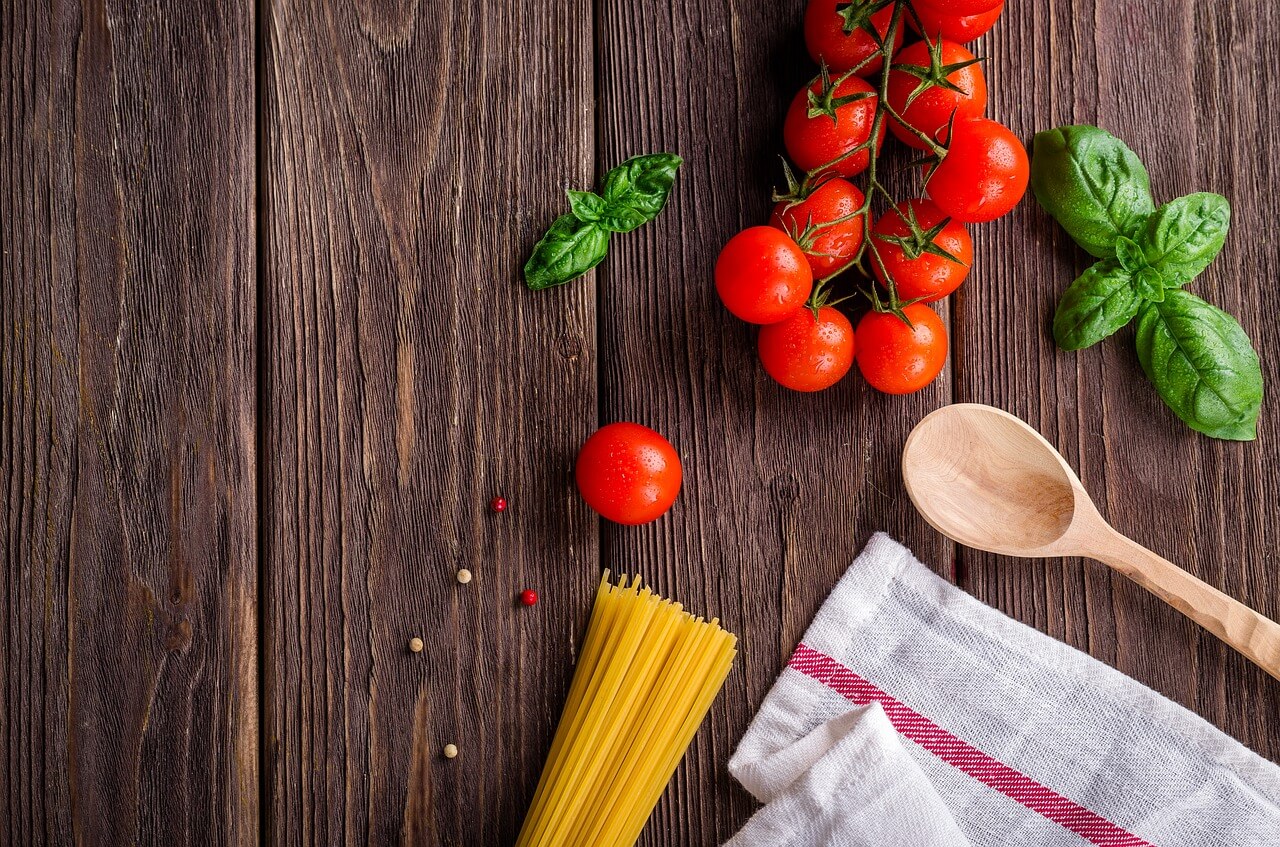Do we really need a shopping guide in the supermarket while living in Japan? Sure you do want to know where to buy and what to avoid, that’s why we are here.
The kings of supermarket in Japan
The top 3 biggest supermarket chain in Japan are Ito Yokado, AEON, and the Tokyu Store usually are big shops (do you know that AEON has “My Basket”, “A-Colle” chain, smaller shops around neighborhoods) sell a huge variety of products, from daily fresh, dairy, to bunks of energy drinks and more.
Price is different from each other with discount days that you can get a hold on by checking their monthly pamphlet.
What’s fun in Japan supermarket?
A huge stock of multiple different variety of tofu, udon, and natto (fermented soybeans).
Side dish section where everything is made fresh continuously and got a discount after 18:00 (well it also depends on the store too). Here you can find fried food, tempura or deep-fried, yakitori, onigiri, salad to a whole full meal like a simple lunch box. Just remember that good stuff gone soon before it can be discounted.
Kids section, actually candies section, where they put the most popular sweet down near the floor so that kids can reach, take one and put in their own small cute basket.
Living in Japan, rice is the most important part of meal.
Rice in Japan is more expensive compare to other Asian countries, some of them are actually more flavorful. Just know what you need.
Expecting fresh fruit to be much more expensive too. As they were imported from tropical countries, the price was markup more than what they should be. Meanwhile, Japan’s domestic fruit is cultivated under strict processes where only a few high-quality fruits could be supplied at a time. Check a white strawberry that tastes like pineapple for JPY 1000 a strawberry, or a square lemon for a few thousand to ten thousand yen per head.
Tips time for first time shopper
A few simple note here, many supermarkets begin to discount their unsold lunch items (before making a new batch) at around 14:00. Start from 10 to 20 percent, then it could increase until closing and usually end up at 50 percent.
半額 (hangaku) mean half price just to be sure the first time you will not notice that.
Payment at the counter in style
After you finished wandering around and got your stuff, let’s head to the cashier. Just simply put the basket on like normal, the clerk will scan for your item, then you pay with cash on a small tray instead of giving the money to them on hand. From April 1st, 2020, you must pay for plastic bags and most supermarkets, save the earth by bringing your own bag!
Some supermarkets do not accept credit cards, so have your cash prepare the first time you come there.
Living in Japan with a local
Say why don’t you go to a supermarket with a local Japanese? They can show you around, and probably know a few tricks on where and how to buy fresh food. Our hosts at Homii Homestay would love to show you around the block. Let’s talk with them!


